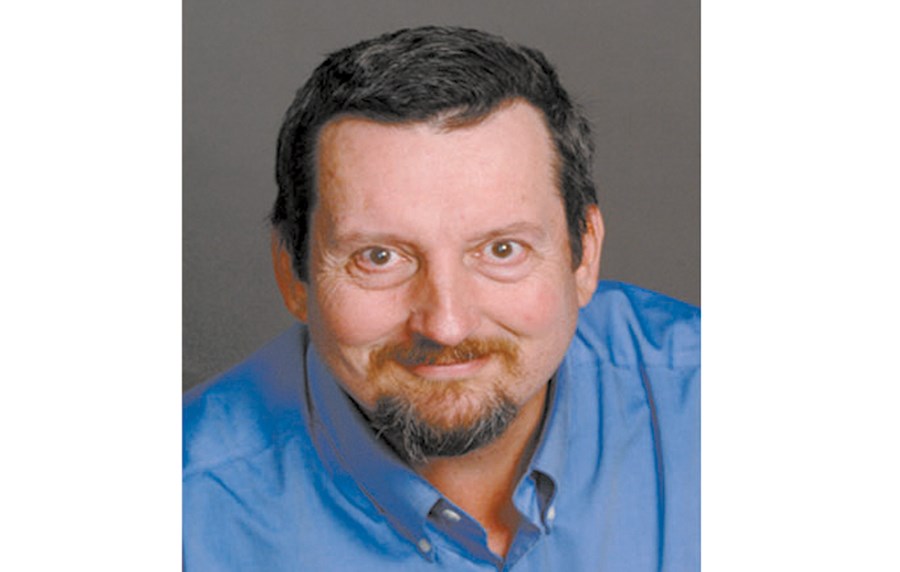Anatomists have studied the development of embryos for centuries. In us, the development of the fetus almost appears to follow the evolution of modern humans - from fish to mammal to primate.
However, for a better history of the development of modern humans, the place to look is in our DNA. For those that understand genetics, DNA reads like a Tolstoy novel complete with a wide range of characters and several thousand pages of text.
The amount of DNA in a single cell is immense. DNA is made up of atoms which are incredibly small. Lining up 10 billion atoms in a row will only get you a one centimeter line. A hundred million stretch across the period at the end of this sentence.
If you line up enough atoms in a row, you can get a molecule with measureable length. DNA is such a molecule. The DNA in a single cell measures about two metres long. The total DNA in all the cells in the human body, if stretched out, could reach to the Moon and back four times.
The two metres of DNA in a single cell is billions of base pairs in length. These billions of base pairs contain all of the information to create a whole human being. But they also contain a history of our evolution from single-celled organisms to the complex modern creatures that we are. Indeed, our DNA contains information from before we were even single-celled organisms.
Human cells are filled with organelles. One of them is the mitochondria, the cell's powerhouse. It provides the apparatus that turns sugar into energy. Each cell in the human body is littered with mitochondria.
In 1963, two separate teams working independently discovered that mitochondria have their own DNA.
At first, biologists hypothesized that this was just a happy accident. It was generally accepted that the nucleus was the only source of all DNA. Biologists assumed that at some point in the distant past, the nucleus loaned out a small portion of its DNA to the mitochondria and just never got it back.
It was the maverick biologist Lynn Margulis who pushed the idea that life had more ways of mixing than conventional biologists imagined. She envisioned a process of endosymbiosis.
We are all descended from the same early microbes. Indeed, all life has around one hundred genes in common - a silent testimony to our common ancestor. These genes govern some of our most fundamental biochemical processes.
Early life was subject to environmental pressure and soon enough microbes started to diverge. Some grew to enormous size. Other shrank to tiny specks. Each was best adapted to its own niche in the microbial world.
Not surprisingly, perhaps, some microbes found that other microbes were a good source of food. The large began to eat the small and the small fought back by infecting and killing the large and unwary.
One day, in the early history of life, Lynn Margulis argued, a large microbe ate a small one and instead of digesting it, the two organisms developed a mutually beneficial relationship. It likely took generations but eventually this hostile encounter became a cooperative venture. Gradually, the little microbe lost its ability to live as a separate organism but it became very good at generating high-octane cellular fuel. The larger cell lost the ability to synthesize its own energy but it was otherwise a great host.
The division of labour was of mutual benefit and perhaps the longest relationship in the history of life began.
Proving all of this took Lynn Marguis a long time. There was considerable resistance to the notion that life was a composite or that the different organelles in a cell might have resulted from endosymbiosis. However, over time, the evidence became insurmountable. The clinching argument was mitochondrial DNA.
We inherit this DNA differently than chromosomal DNA. It is passed exclusively from mother to child. It tells the story of our matrilineal descent. It contains the history of our mother and our mother's mother and so on back through time.
Mitochondrial DNA opened up a whole new area of science in the form of genetic archaeology. Mitochondrial DNA is both more abundant in cells than chromosomal DNA and it is also more conserved. It can be used to trace genealogies with unprecedented accuracy. Scientists know that changes in mitochondrial DNA occur at the rate of one mutation every 3500 years.
In fact, this clock tells us that all seven billion people alive today can trace their ancestry back to one woman who lived in Africa 170,000 years ago. She has been dubbed "Mitochondrial Eve" and although she wasn't the only woman alive at the time, she is our oldest common matrilineal ancestor.
The history of the human race is written in our DNA and it tells a fascinating tale.



